Premium Only Content
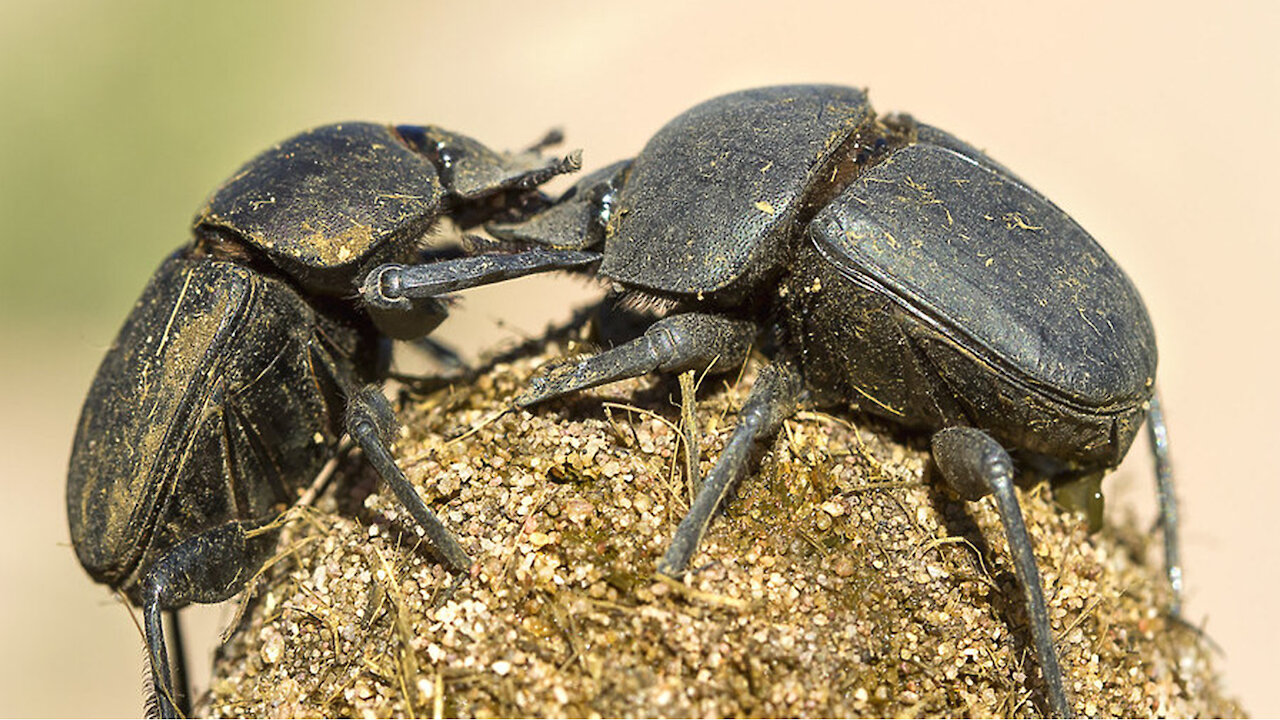
Dung Beetle BATTLE! They See Me ROLLIN'...TURDS
On this episode of Breaking Trail, Coyote discovers some Dung Beetles doing their best to roll a poo ball the size of an orange! Seriously Coyote Pack, we promise this episode doesn’t “sink”…at least not for you!
Humble dung beetles may be ideal DNA detectors for animal surveys
Biologists wanting to identify the resident creatures of a location, be it nearby woods or a distant mountainside, could soon have new assistants to help them vacuum up a surrounding’s DNA: dung beetles. The guts of these unfussy eaters contain species-identifying mammalian DNA, a study has found, and could provide an easy, low-tech way to catalog regional biodiversity.
Using insects to sample biodiversity is “a super idea,” says Elizabeth Hadly, an environmental biologist at Stanford University who was not involved in the study. “Dung beetles are everywhere.”
Attempts to figure out a region’s biodiversity through environmental DNA (eDNA) samples are only a few decades old. Scientists sift through dirt, soil, and especially water to find loose skin flakes, mucus, and other body fluids; then, they screen these for traces of identifiable DNA to determine which animals live in the region. So far, marine science has been the biggest beneficiary of eDNA techniques, also known as DNA barcoding. DNA can persist in water for several days, allowing scientists to simply filter samples from, say, a pond to get a rough estimate of which species are present.
It’s much easier to filter large amounts of water for DNA than it is dirt or soil, so the use of eDNA on solid ground is rarer. Some scientists have scoured the blood in the guts of mosquitoes and leeches to find the DNA of their hosts. But leeches’ range is limited, and in certain situations—like when lots of humans are around—mosquitoes can be hard to trap.
Rosie Drinkwater, a molecular biologist and postdoc at Queen Mary University of London, decided to test another widespread connoisseur of DNA-rich body material: the dung beetle. These invertebrates, which comprise thousands of different species within the family Scarabaeidae, feed on other animals’ feces. There are dung beetles on every continent except Antarctica, and they make their homes in environments from deserts to forests to oil palm plantations, Drinkwater says.
She and colleagues set up baited traps to catch dung beetles in a forest on Borneo, where Drinkwater has been studying leeches for several years. Their lure? “The most reliable source of dung is from your fellow humans,” Drinkwater says. “All in the name of science.” Over 24 hours, the researchers trapped 24 thumb-size dung beetles of the genus Catharsius. Researchers dissected the beetles at a sterile field site and sent their guts to be analyzed at a laboratory at Queen Mary.
After sequencing the DNA inside the guts, they compared it with the genomes of animals known to live in the Bornean forests. DNA sequences solidly matched the bearded pig, sambar deer, muntjac (a type of deer), mousedeer, and porcupine, all animals common to the area, the researchers reported on 10 February in a paper posted to the bioRxiv preprint server. They also detected DNA from a rarer banded civet, but the sequences weren’t clear enough to confidently identify it. Finally, they detected plenty of human DNA not belonging to the provider of the “bait”; most of it likely came from people working in logging and palm oil harvesting operations nearby. Taken together, the results suggest the technique could indeed be used in eDNA screening elsewhere.
Dung passes through dung beetles relatively quickly, within about 48 hours. Although that’s a short window of opportunity, Drinkwater explains, it has an upside: If you get a dung beetle–gut DNA hit on a species, you can be relatively certain that animal was nearby recently.
Drinkwater cautions that the study has not yet undergone peer review, and more work is needed to test the strategy in different environments and using different beetles. Still, “Dung beetles are a smart addition to the arsenal” of eDNA tools, says Michael Kinnison, an evolutionary biologist and ecologist at the University of Maine, Orono.
Hadly agrees, but she’s less enthusiastic about the unpleasant fate met by these six-legged citizen scientists. “Sacrificing a lot of dung beetles to subsample their guts … seems unnecessary,” she says, adding she would prefer greater investment in nonlethal techniques such as sampling soils and sediments. “However, for particular questions this might be an opportune approach.”
-
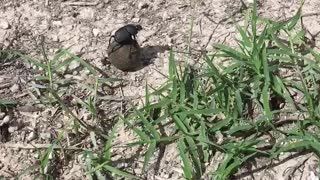 0:16
0:16
Running Wild
4 years agoCrazy Dung Beetle?
57 -
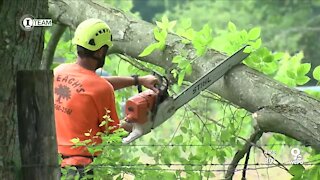 4:44
4:44
WCPO
4 years agoHow a beetle led to a battle of epic proportions on man's farmland
8 -
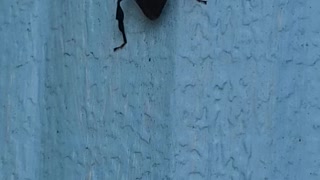 0:22
0:22
PineGoblin
4 years ago $0.01 earnedBeetle beetles
32 -
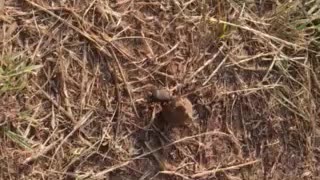 0:28
0:28
AdamCantrell
4 years agoDung beetle
8 -
 1:12:40
1:12:40
Wendy Bell Radio
10 hours agoPet Talk With The Pet Doc
48K30 -
 LIVE
LIVE
FusedAegisTV
15 hours agoStreet Fighter 6 FINALS, CS2 Semifinals | $1,250,000 | Riyadh, Saudi Arabia EWC 2025 !estv
157 watching -
 40:42
40:42
SouthernbelleReacts
1 day ago $0.08 earned😂 American Pie (1999) Reaction | Iconic Teen Comedy, High School Chaos & 90s Nostalgia 🥧
28.7K4 -
 5:05:02
5:05:02
LumpyPotatoX2
5 hours agoBecome a HellDiver Today - #RumbleGaming
40.5K1 -
 4:52:02
4:52:02
Midnight In The Mountains
7 hours agoGaming w/ PER·SE·VER·ANCE | Sassy Saturday Fortnite | with the Midnights!
29.7K3 -
 LIVE
LIVE
shyboyking
5 hours agoThe Bots Of The Bots !!!😎
172 watching